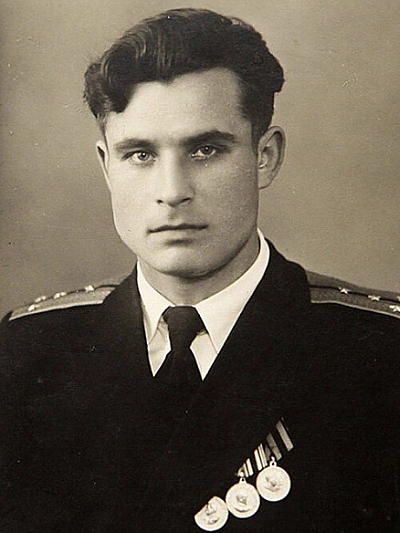Cold War Turned Red Hot
By Steve Stevenson
During the 13 days between the 16th and 28th of October 1962, a crisis occurred between the United States and the Soviet Union. The issue was the deployment of nuclear missiles by the Soviet Union in Cuba. On the 22nd of October, John Kennedy the US President, ordered a blockade to prevent the Soviets from sending further missiles to Cuba. The blockade lasted until November 20th 1962, after all offensive missiles and Soviet bombers were withdrawn from Cuba by the Soviets. This event was the closest the Cold War period came to escalating to a nuclear war.
On the 22nd of October 1962, I was on leave in Hamilton Ontario when my father handed me a telegram sent from my ship (HMCS Huron) requesting that I immediately return to Halifax, no details provided. I of course complied and flew back to Halifax the next day. As I approached my ship in Halifax harbour, I witnessed quite a sight. The area around my ship was completely occupied with crates of live guns’ ammunition, live torpedoes, depth charges . . . HMCS Huron was being loaded to the gills with armaments and supplies to an extent I had never seen. The same activities were happening throughout the harbour on my sister ships. In conversations, I learned that base trucks were being driven through Halifax by naval staff using loudspeakers ordering all naval personnel to immediately return to their ships. We of course had heard what was going on, but not any details.
Once all Canadian ships involved in the crisis were ready for whatever was going to happen, the fleet set sail for Cuba to join forces with the Americans and to provide support strategically all along the route. The information we received en route about what we would encounter was very minimal. However, we were ready for whatever was going to happen.
In normal fleet exercises with the US and British ships during my service period we'd had "action stations" throughout. On this occasion the "action stations" never stopped – they were held around the clock. Later, we learned that during our sailing south, my sonar mates were pinging Soviet subs along the eastern seaboard of the States. These subs were informed that they should get back to where they belonged, immediately. The Soviet cargo ships transferring missiles to Cuba were intercepted largely by the American ships and ordered to go back to where they came from without delay. We on HMCS Huron, – some of our crew having served in wartime – were on high alert for days and wired for action. It was a tense time to say the least.
It wasn’t long before the crisis was over and we got the green light to return to Halifax. Mission accomplished!
Steve Stevenson, ABEM-2,
HMCS Huron 1961-62.
Aftermath: We learned in 2012 November that at the time of the crisis there were 158 Soviet nuclear missiles on Cuban soil, some of which were ready to launch. Further, during the crisis, a Soviet submarine, B-59, came dangerously close to launching a nuclear torpedo at U.S. forces due to relentless pressure from American depth charges. See the details below.
Vice-Admiral Vasili Arkhipov
Presentation at the Conference on the Cuban Missile Crisis, October 14, 1997

Vasily Aleksandrovich Arkhipov (30 January 1926 – 19 August 1998; sometimes romanized as Vasili Arkhipov) was a senior Soviet Naval officer who prevented a Soviet submarine from launching a nuclear torpedo against ships of the United States Navy at a crucial moment in the Cuban Missile Crisis of October 1962. The course of events that would have followed such an action cannot be known, but speculations have been advanced, up to and including global thermonuclear war.
Off the coast of Cuba, US ships had dropped depth charges. The captain of the diesel-powered Soviet submarine B-59 and the political officer believed that war had started and that they were under attack. Arkhipov, as flotilla chief of staff and executive officer on board the submarine, refused to consent to the use of nuclear weapons in retaliation – a decision which required the agreement of all three officers. In 2002, Thomas S. Blanton, then director of the US National Security Archive, credited Arkhipov as "the man who saved the world".
He was promoted to rear admiral in 1975 and became head of the Kirov Naval Academy. He was promoted to Vice Admiral in 1981 and retired in the mid-1980s. He subsequently settled in Zheleznodorozhny, Moscow Oblast, where he died on 19 August 1998 due to kidney cancer, which might have been induced by his occupational radiation exposure.
Credit: Wikipedia (See full article).
Can you provide comments or corrections?
Please email Charlie Dobie.